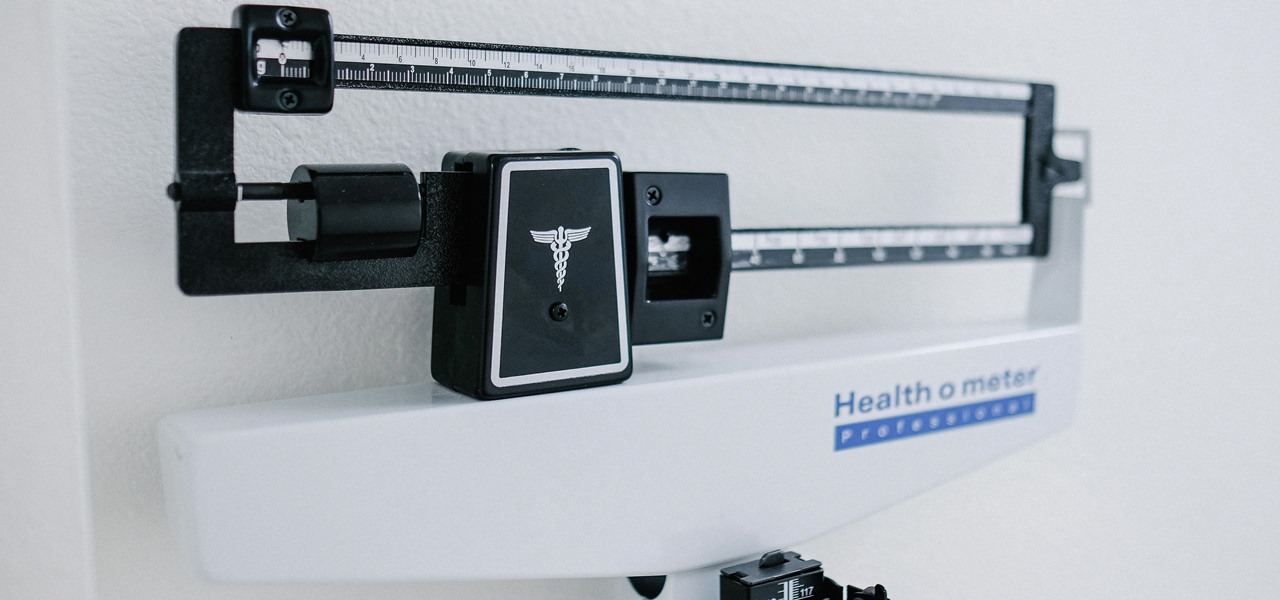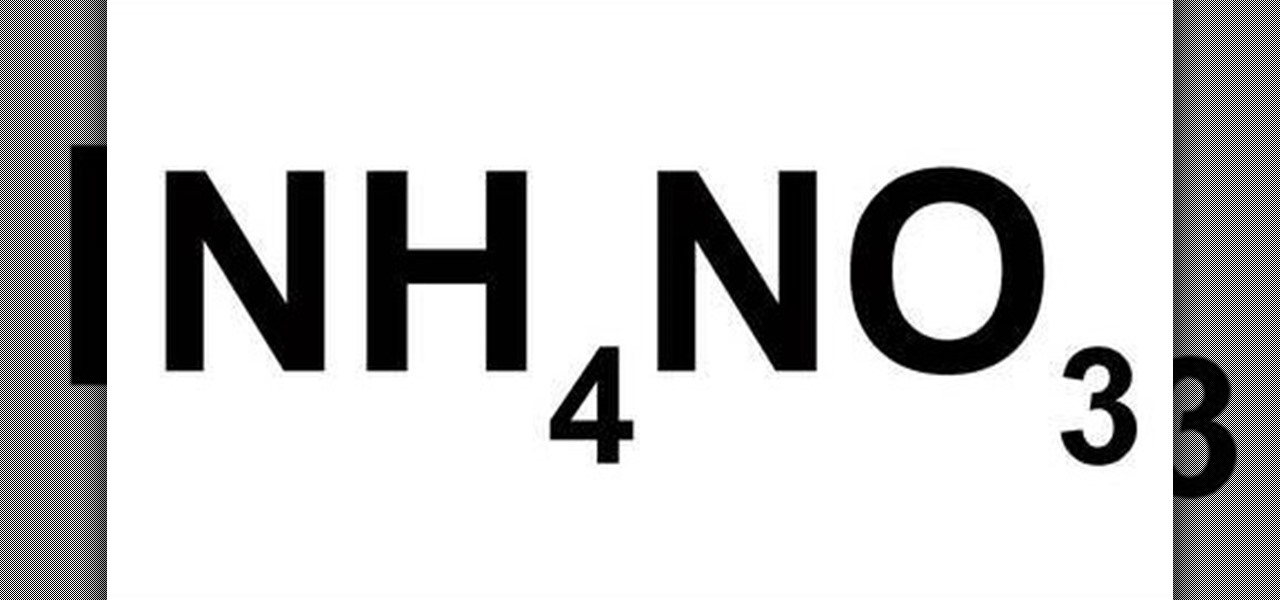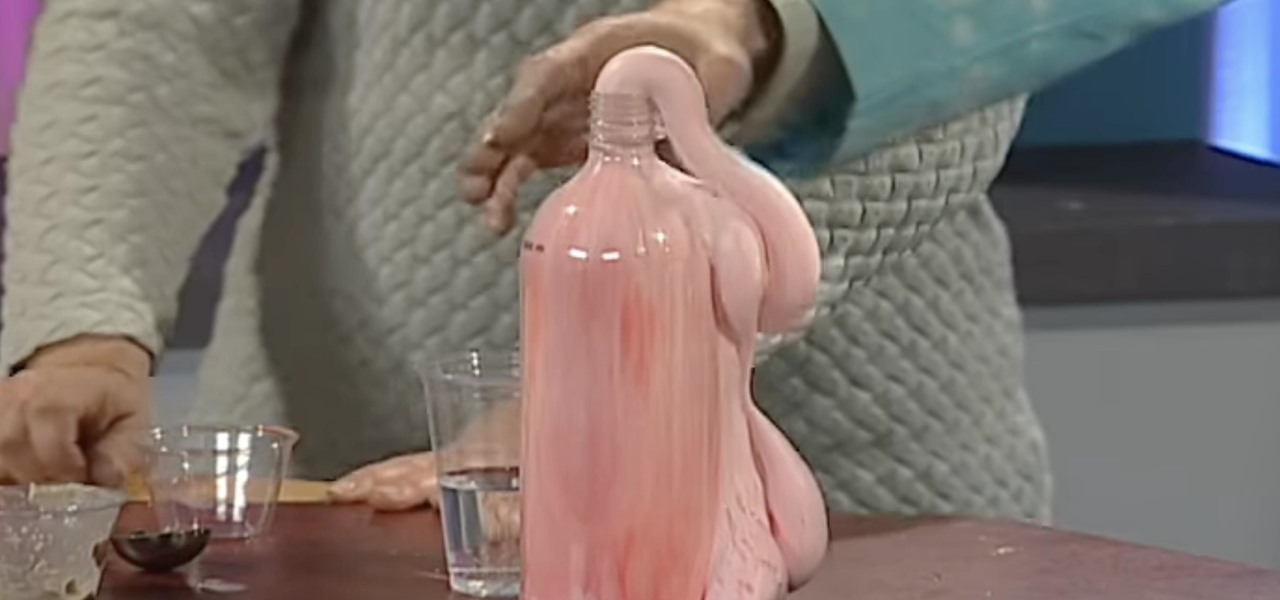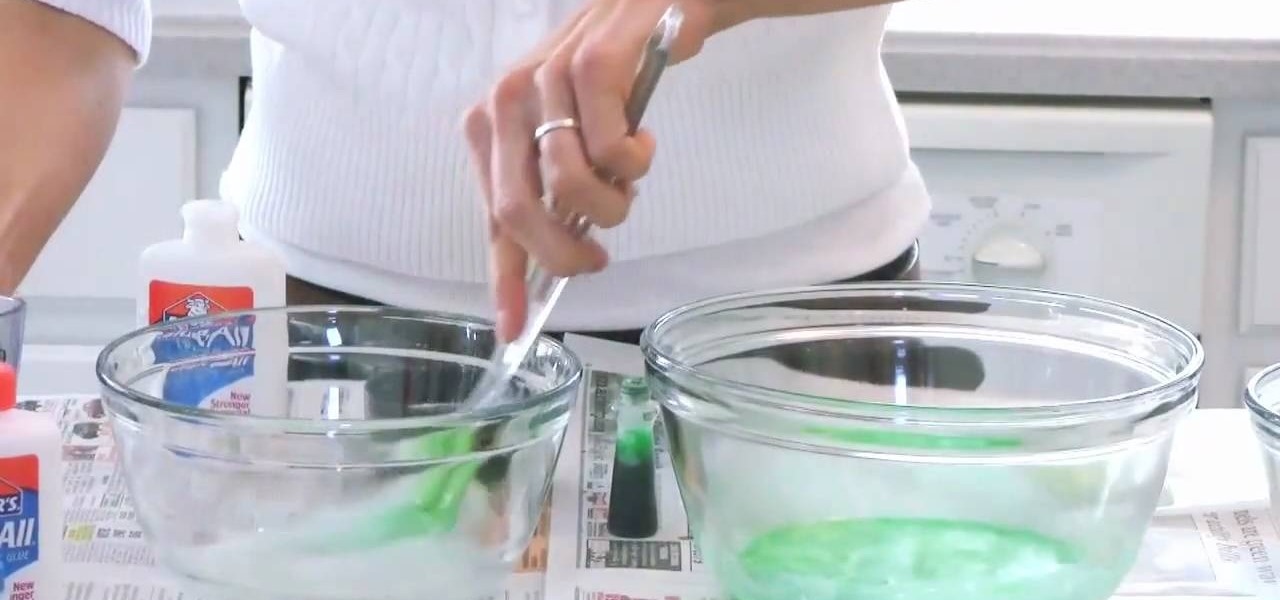Hot Science Experiments Posts

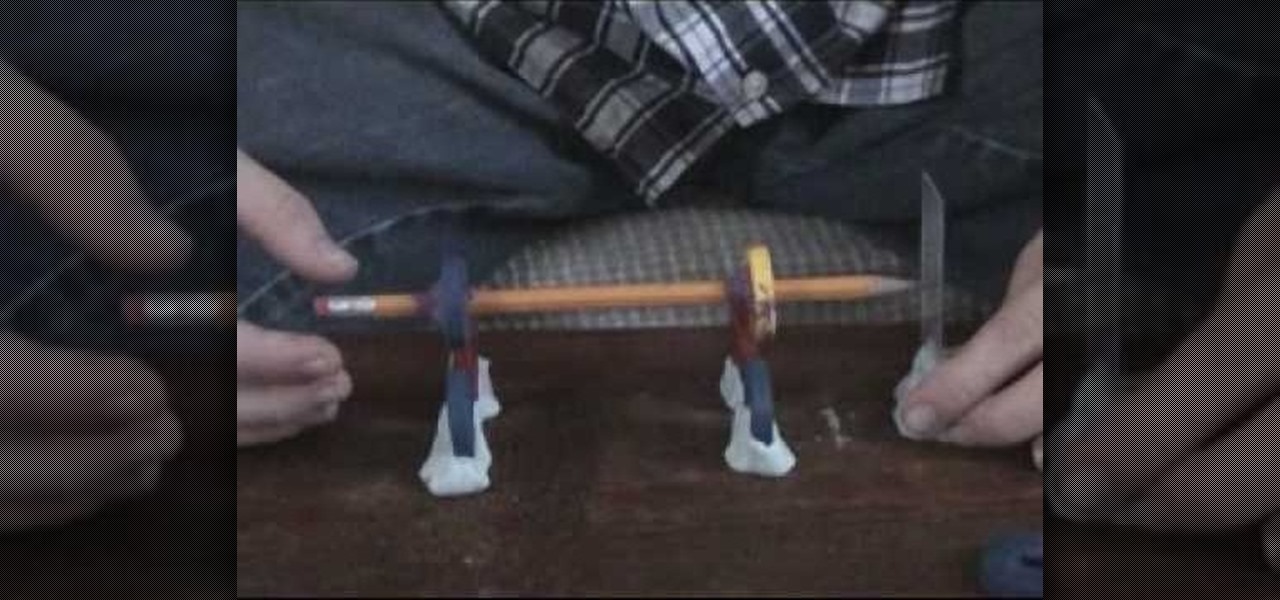
How To: Make a maglev motor
Ian uses round magnets, pencil, clay and glass slide to work his magic science experiment. Magentic levitation is said to be a solution for energy costs of trains because it cuts down friction and creates what is mythically regarded as a perpetual energy motor. This is an interesting toy model of how the maglev trains and large scale generators work

News: Make milk into marbles
How can something so common as milk turn instantly into a hard ball? Alginate.

News: Light dry ice on fire
Impossible, right? Ahh, well science says fire and ice can and do coexist.
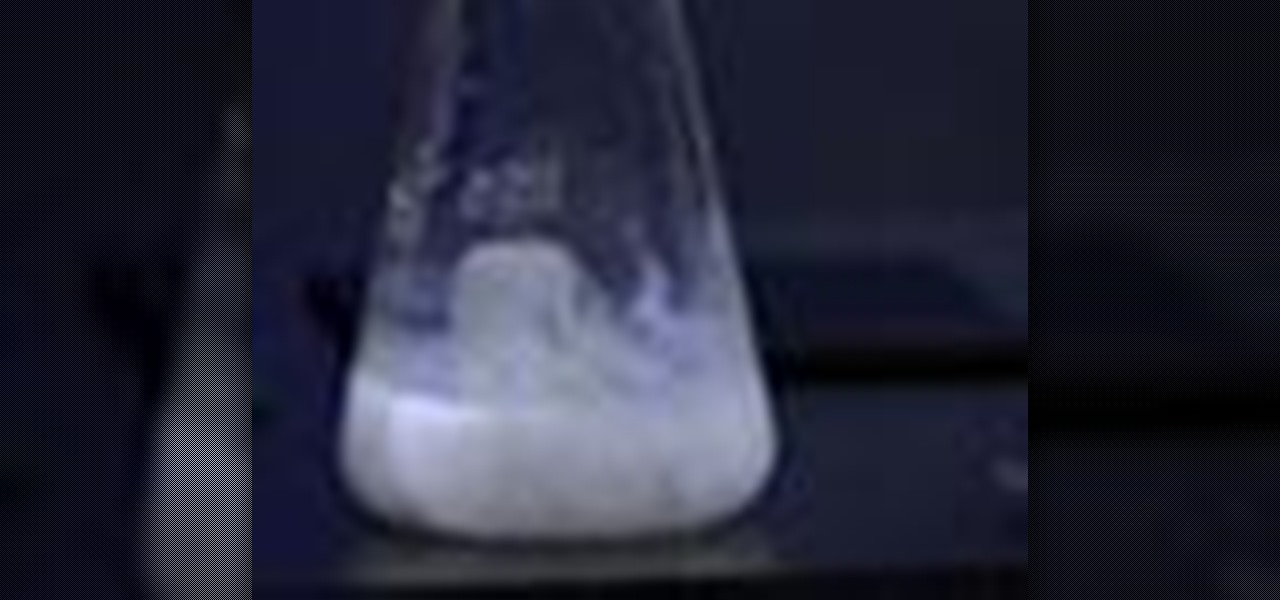
How To: Make chemical stalagmites
Check out this science experiment video on how to chemical stalagmites. Chemist Chris Schrempp (star high school teacher and author of the book Bangs, Flashes, and Explosions) walks host Chris Hardwick through the process of making chemical stalagmites and some cool exothermic reactions similar to hand warmers.
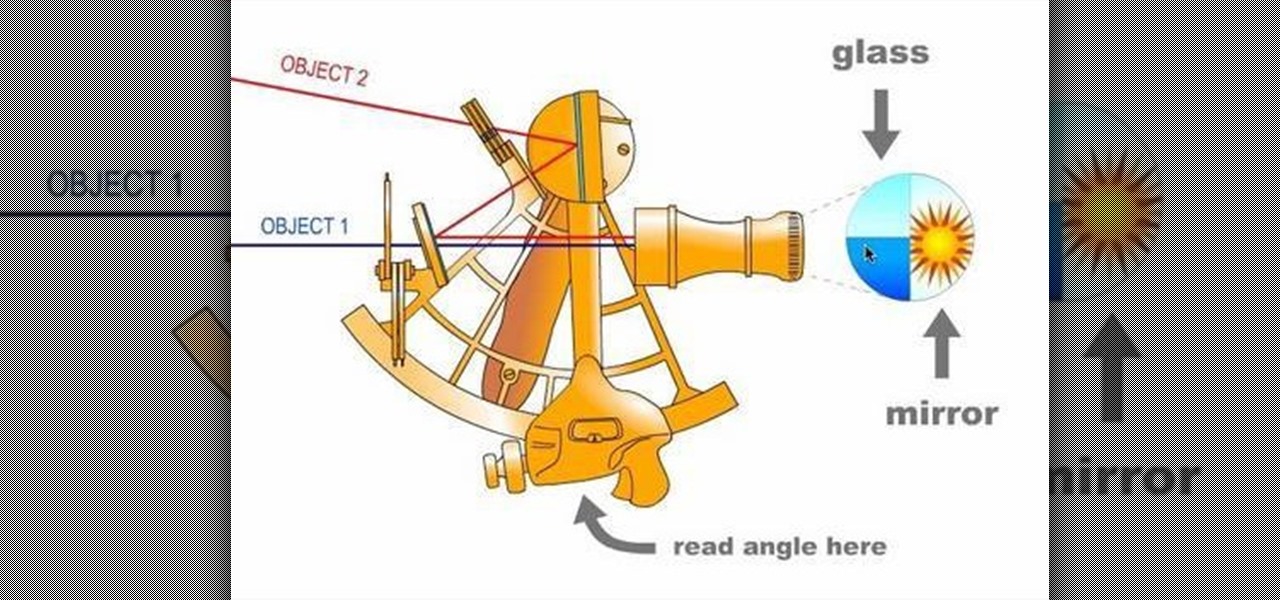
How To: Find south, latitude and longitude with the Sun
Learn how to find south, your latitude, and your longitude with only a few household items and some know-how, just by watching this science video tutorial. However, if using the homemade quadrant cited, the precision of your findings will be rather low. Don't worry, you'll be within a few hundred miles though.
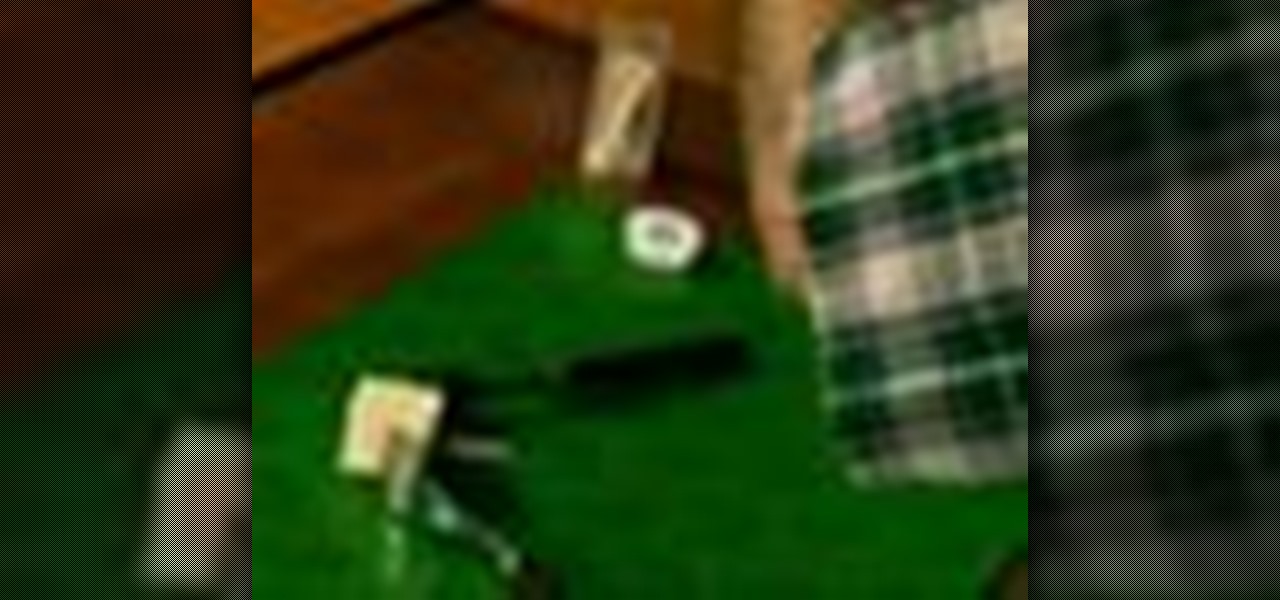
How To: Balance an object with center of gravity underneath
For an object to balance, you have to have the center of gravity directly above the base. Well, reverse that to see that you can also balance an object by having the center of gravity directly below its base.

How To: Tell if an egg is raw or boiled with Krampf
You can easily tell if an egg is raw or hard boiled without breaking the shell, as long as you know a little science. This experiment uses physics to show how if you spin an egg you can tell if it's insides are viscous or solid! Thanks Happy Scientist Robert Krampf for this great tutorial on the science of eggs and physics of rotation.
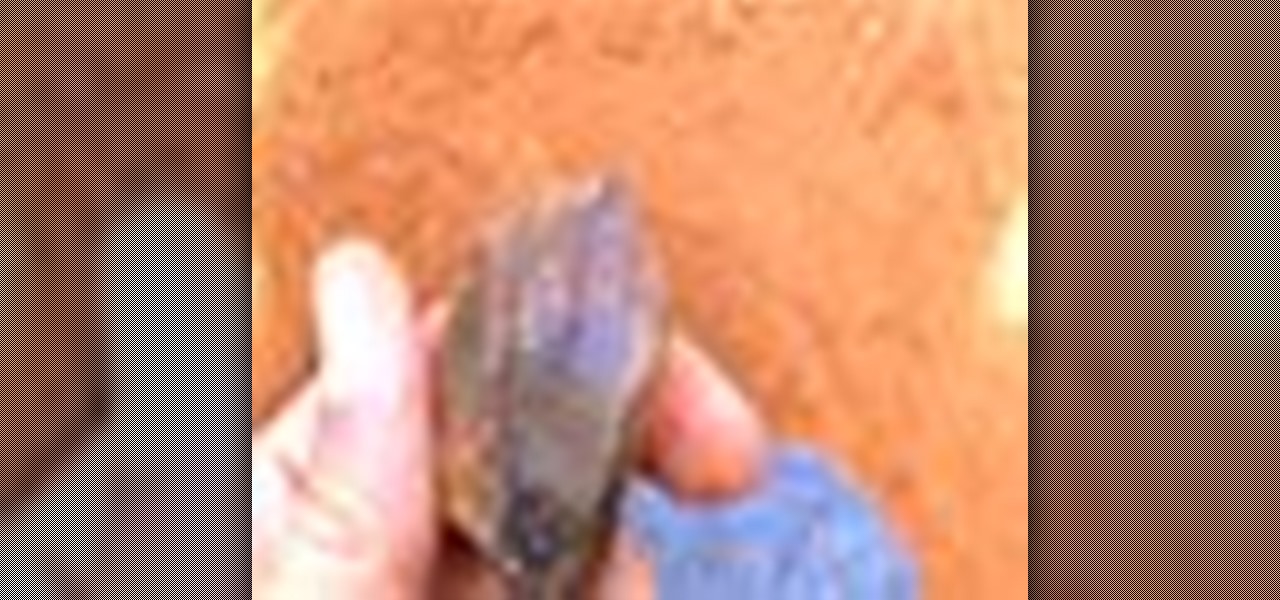
How To: Form hydrothermal quartz
How can hot water form beautiful quartz crystals? This mine is red Georgia clay, with veins of minerals running through it. The veins are hydrothermal. Hydro means water. Thermal means heat. So the veins were caused by hot water. But how could hot water form quartz crystals?

How To: Make a colorful density bottle
Watch this video tutorial to see how to make a colorful density bottle. To do this science lab experiment, you'll need food coloring, a plastic bottle, clear baby oil and extra things to put into the bottle, like glitter or sparkles.
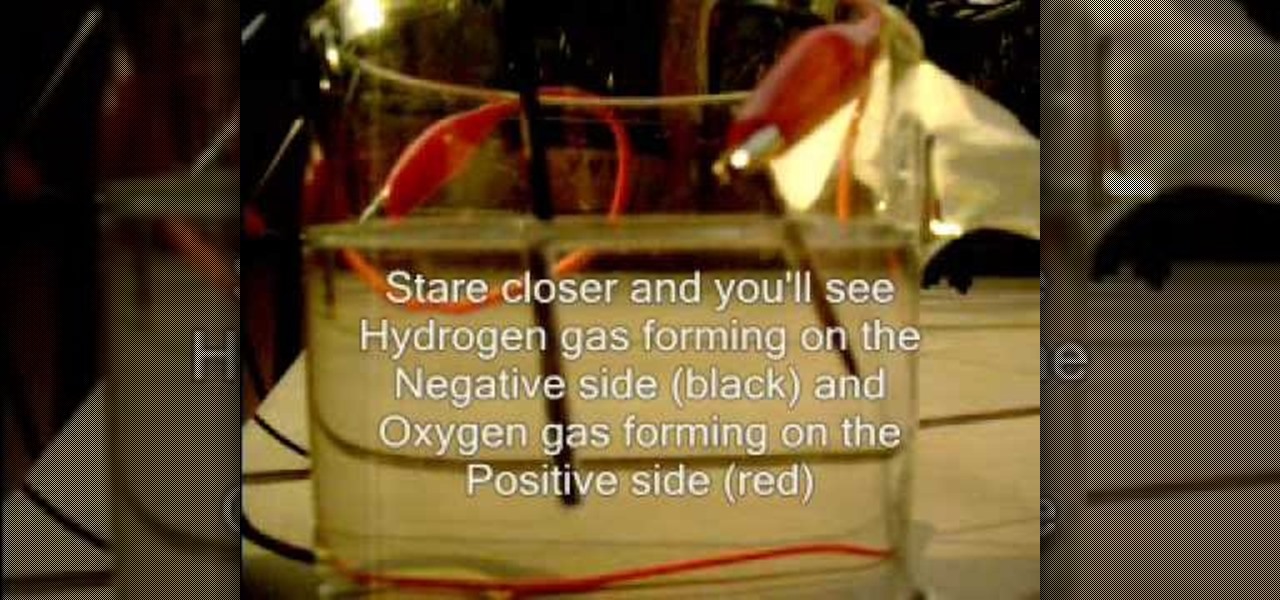
How To: Convert sunlight into hydrogen fuel
Want to learn how to harvest the sun? Just watch this science experiment video to see how to convert sunlight into hydrogen fuel. It's simple and environmentally friendly.

How To: Make thermite from iron-oxide and aluminum
Want to learn how to make thermite? Just watch this science experiment video to see how to make thermite from iron-oxide and aluminum.

How To: Do a baking powder & vinegar carbon dioxide experiment
Want to see what happens when baking soda and vinegar become mixed together? Well, this science video tutorial will show you how to do a baking powder and vinegar carbon dioxide experiment.

How To: Measure the height of a building with a CRT monitor
Ever wonder how to measure the height of a building, without using a tape measure? Well, this crazy science experiment will show you how. Just watch and you'll see how to measure the height of a building with a CRT monitor, gravity and math.
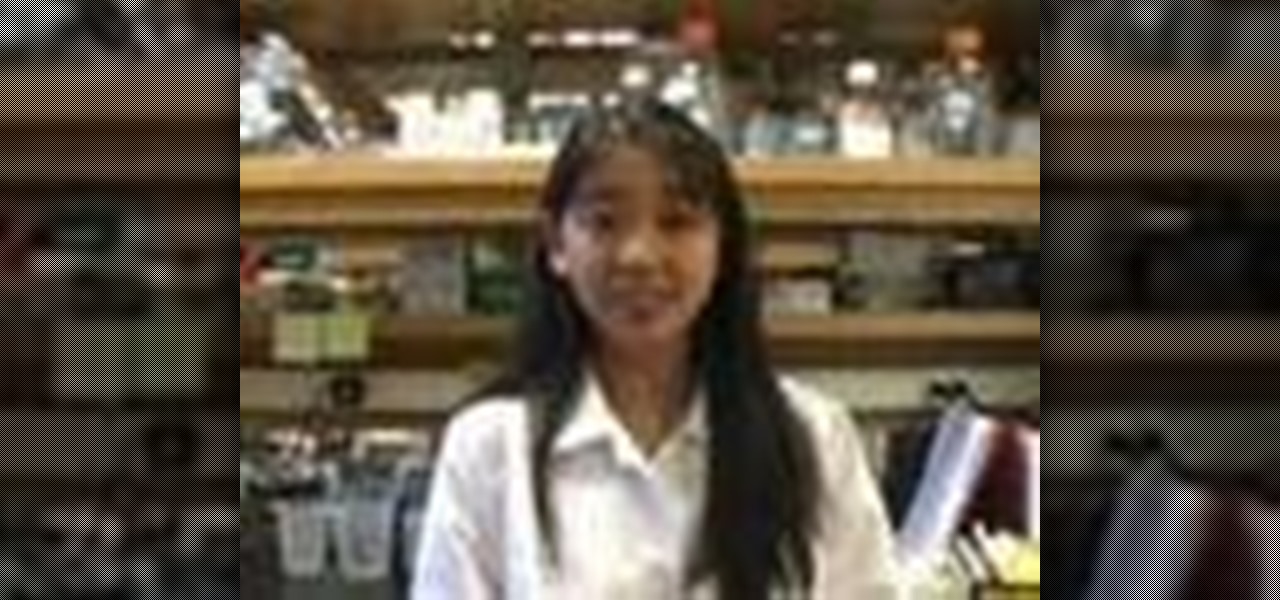
How To: Extract DNA from Strawberries at Home
Have you ever wondered what your DNA looks like? You have probably heard that DNA is a double helix, which is a pair of parallel helices intertwined about a common axis, but how do we know that? How can people look at DNA?
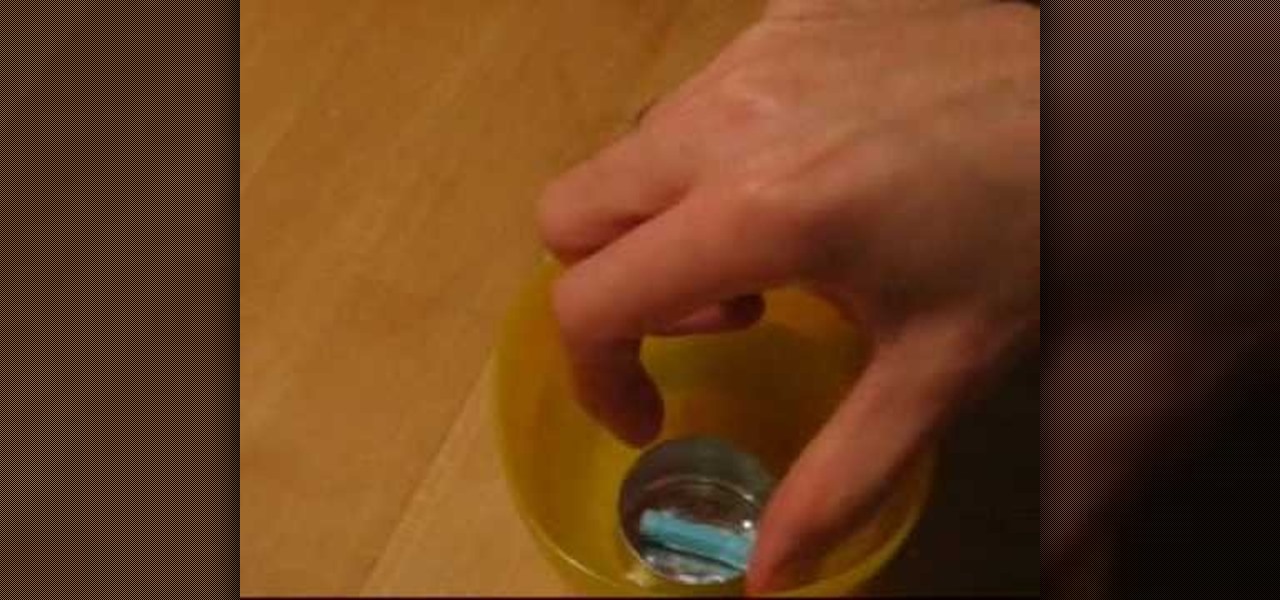
How To: Make a homemade magnetic compass
Take a look at this science how-to video to see how to make a homemade compass. It's very easy to build your own DIY compass and is a great science project for the kids.
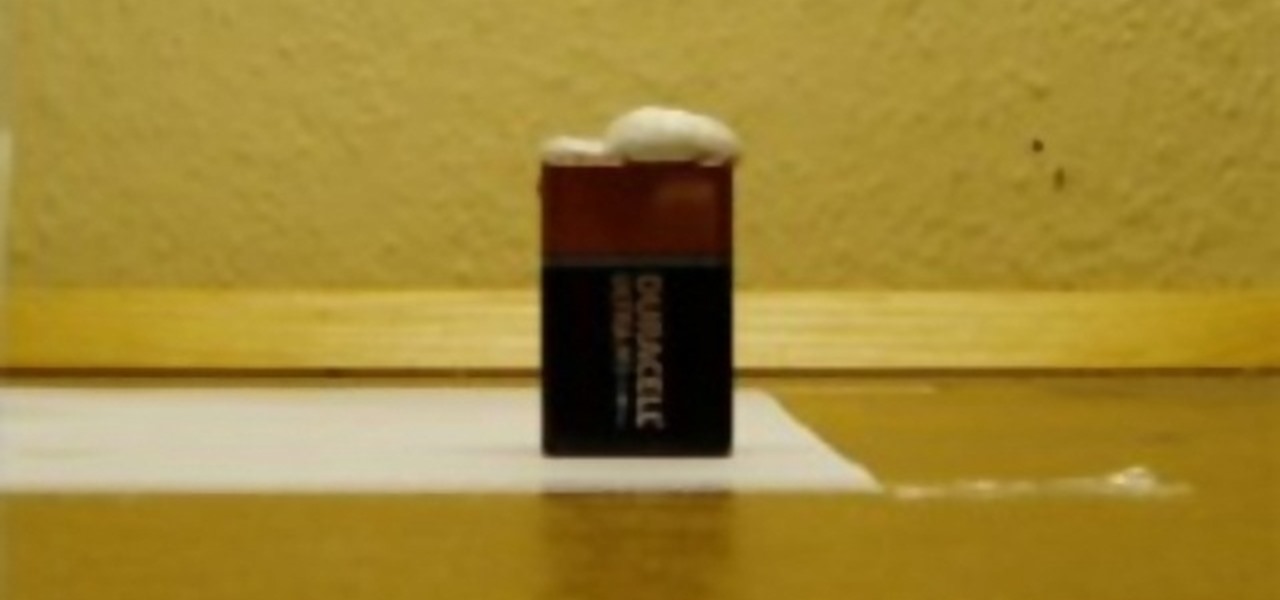
How To: Curdle milk with a battery and salt
Don't just drink your milk... have fun with it! Check out this science experiment video to see how to curdle milk with a battery and salt. This experiment can be done by anyone with a few simple materials... milk, a 9-volt battery, a small glass or plastic cup, salt and a stirring rod.

How To: Make a Leyden jar to store static electricity
Do you even know what a Leyden jar is? Well... it's an early form of capacitor made from a glass jar with layers of metal foil on the outside and inside. This video tutorial will show you how to make a Leyden jar to store static electricity. This Leyden jar will give you a powerful shock!
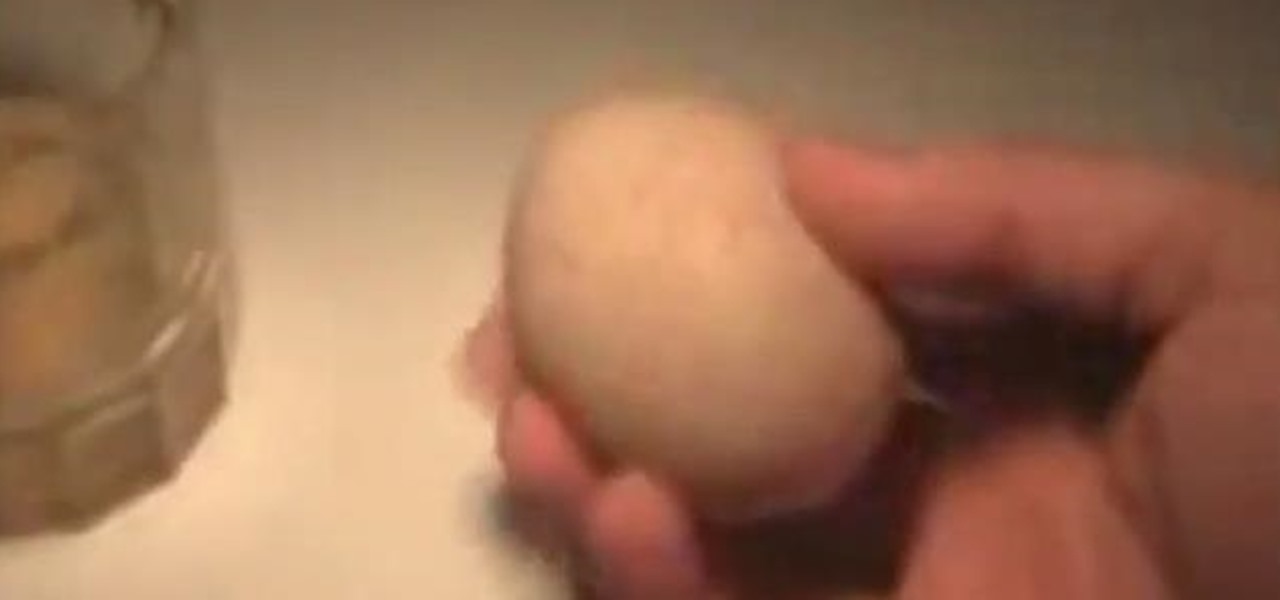
How To: Turn a Shelled Egg into a Bouncing Translucent Ball
Turn your kitchen into a science lab with this egg-tastic science experiment, which turns a shelled raw egg into a bouncing translucent ball. It's one of the simplest tricks of all time, and all you need is a raw shelled egg and some vinegar.
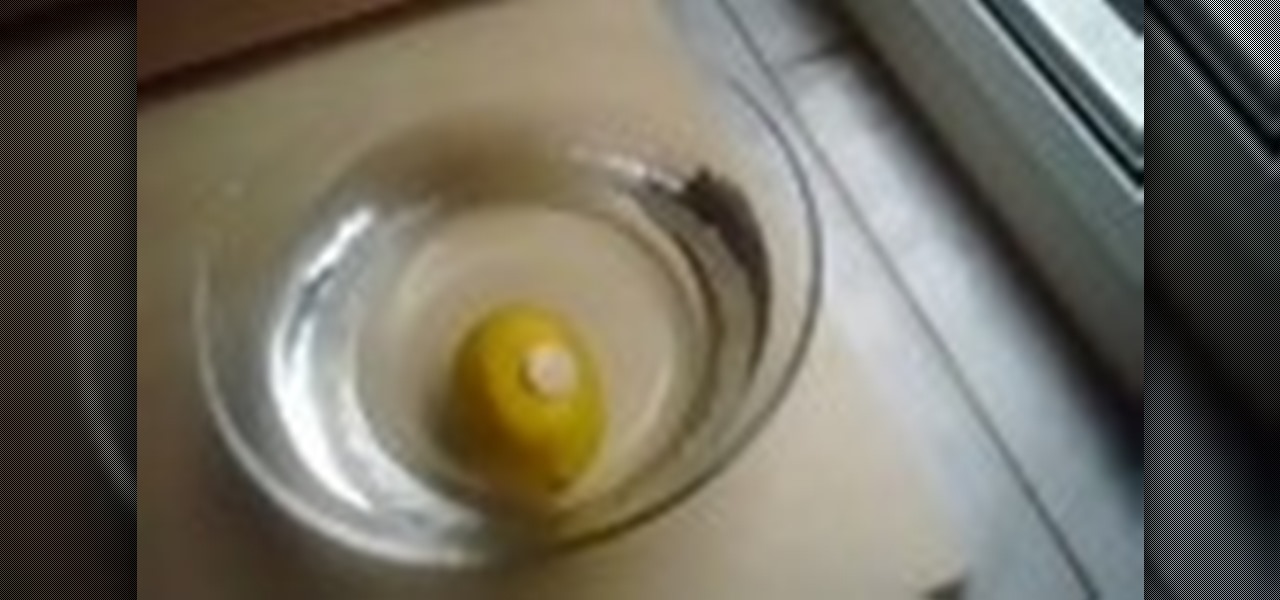
How To: Do a gravity experiment with a lemon and penny
Do you think it's easy to place a coin on top of a lemon that is floating in a glass of water? If you said yes, you're probably right.

How To: Make fire shoot out of a grape
Bet you never knew fire can come from a grape... an ordinary edible grape. This video tutorial will show you exactly how to make fire shoot out of a grape, and it's easier than you think, or maybe not.
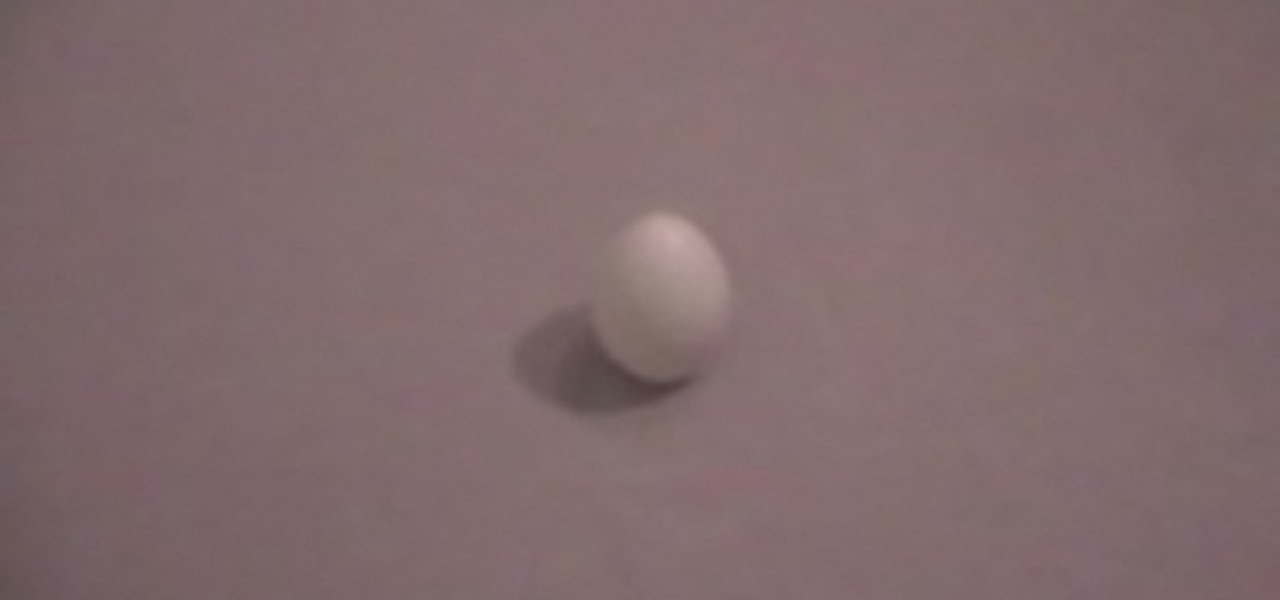
How To: Suck an egg into a glass bottle and hear a crazy sound
Almost everybody knows this trick, but do you? Just watch this science experiment video that you can do in your own home, in your own kitchen, to see how to suck an egg into a glass bottle and hear a crazy sound.

How To: Make a bouncing translucent egg
Check out this video to see how to x-ray an egg and make it bounce. This is a cool science experiment that can be done with simple kitchen ingredients. Just get one raw egg and soak it with a cup of vinegar. Let it sit and soak for a couple days and it will feel like rubber. The egg shell will no longer be white, and it will bounce just like a ball, however... it is not a ball so it will break! This is one cool translucent bouncing egg.

How To: Blow a large bag up with one breath
How many breaths would it take to blow up an eight-foot long bag? Depending on the size of the person, it may take anywhere from ten to fifty breaths of air. However, with a little practice you will be able to inflate the bag using only one breath.

News: Light Fires with Toothpaste
The WonderHowTo Awards winners are in. The votes have been tallied. Despite all of these devastating wild fires, pyromania thrives!!
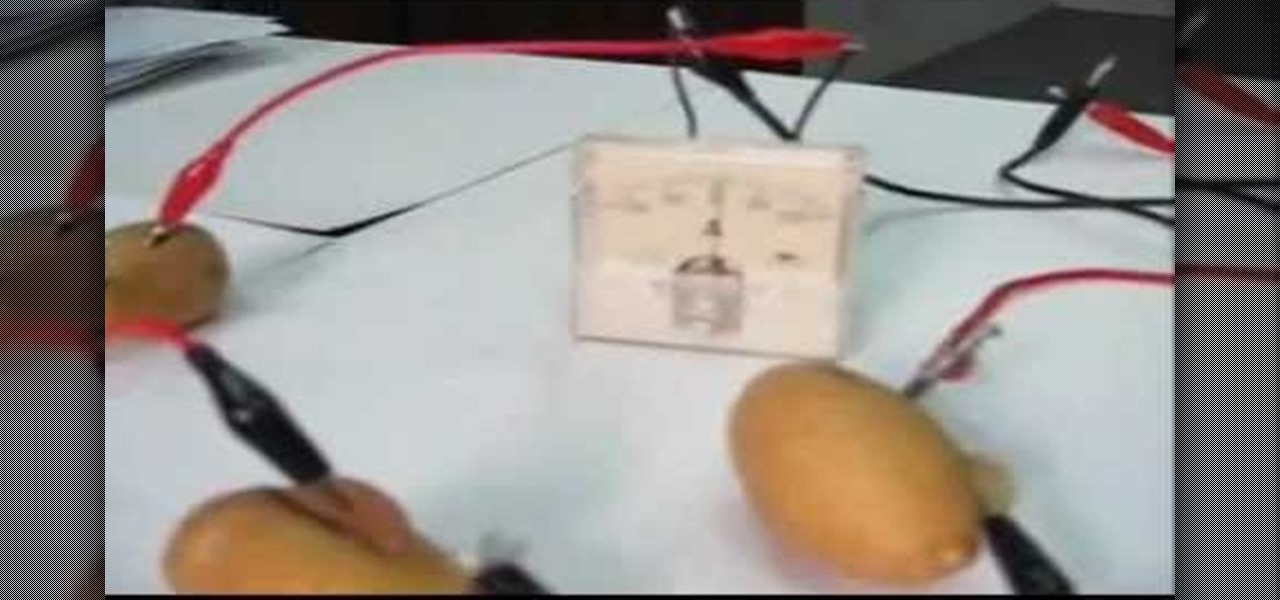
How To: Build a potato battery
Like a lemon, a potato can produce electricity. This science experiment was prepared by Ebtisam Al Anzoor and demonstrated by Mustafa Daif. The electricity is proven using an analog micro ameter. The positive is copper from a penny or copper coin while the negative is a galavanized nail. The potato releases a charge and is further proven when it is connected to a calculator. You can daisy chain the potatoes for a greater charge.

How To: Set dry ice on fire
Kent Chemistry offers up some of the most exciting chemistry and general science experiments from their lab. Here Mr. Kent illustrates the process of creating fire with dry ice. How does freezing and flame mix? Watch now to see the amazing chemical reaction!

How To: Prepare, plan and research your science fair project
Science fair projects can be stressful for students, for teachers and for parents, but they don't have to be. Check out this educational two-part video to see how to take some of that stress out of the science project building, so that you can have more fun with the project and learn something along the way.

How To: Crush a soda can with heat and cold water
Want to find out how you can squash a can of Coke with a little science? Just watch this video tutorial to see how to crush a soda can with heat and cold water. You will need to get an empty can of Coke (or Pepsi if you prefer) with a little water inside, something to hold the soon-to-be-hot can with, a bowl, ice, water and salt. You can impress your friends with this trick, all without using your own force... a little chemical and temperature change goes a long way.
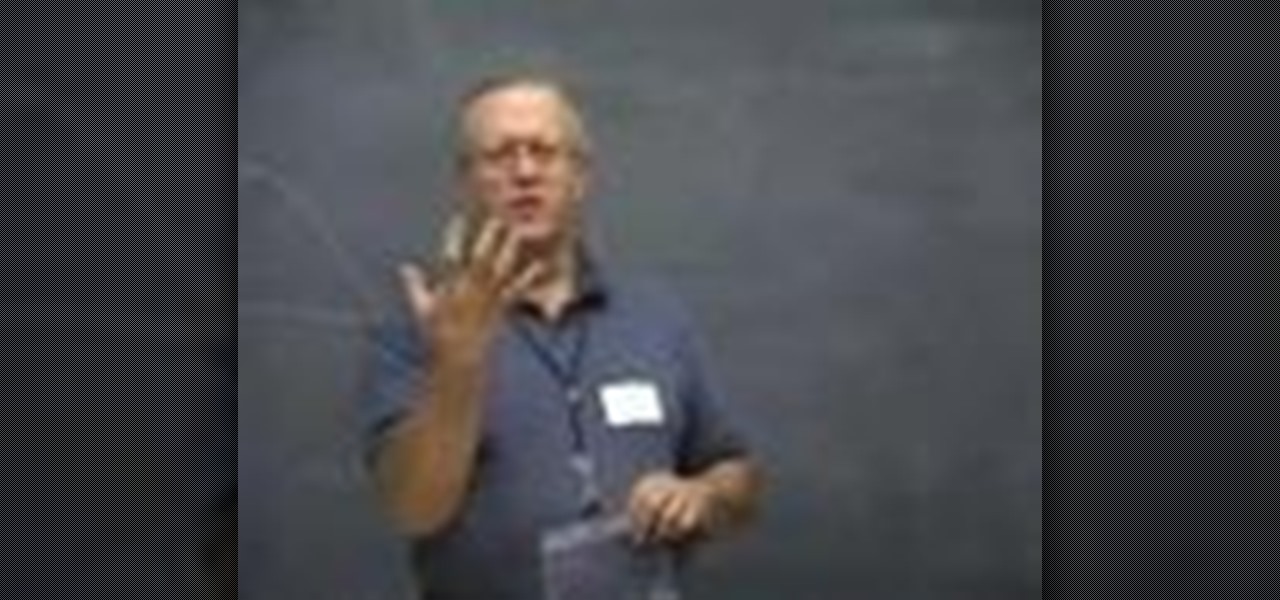
How To: Start and organize a fossil collection
Have you ever wanted to collect fossils, but just couldn't find them? Well, don't give up, keep trying, and when you do finally find a fossil, it will be followed by more and more as you get used to where and what to look for.
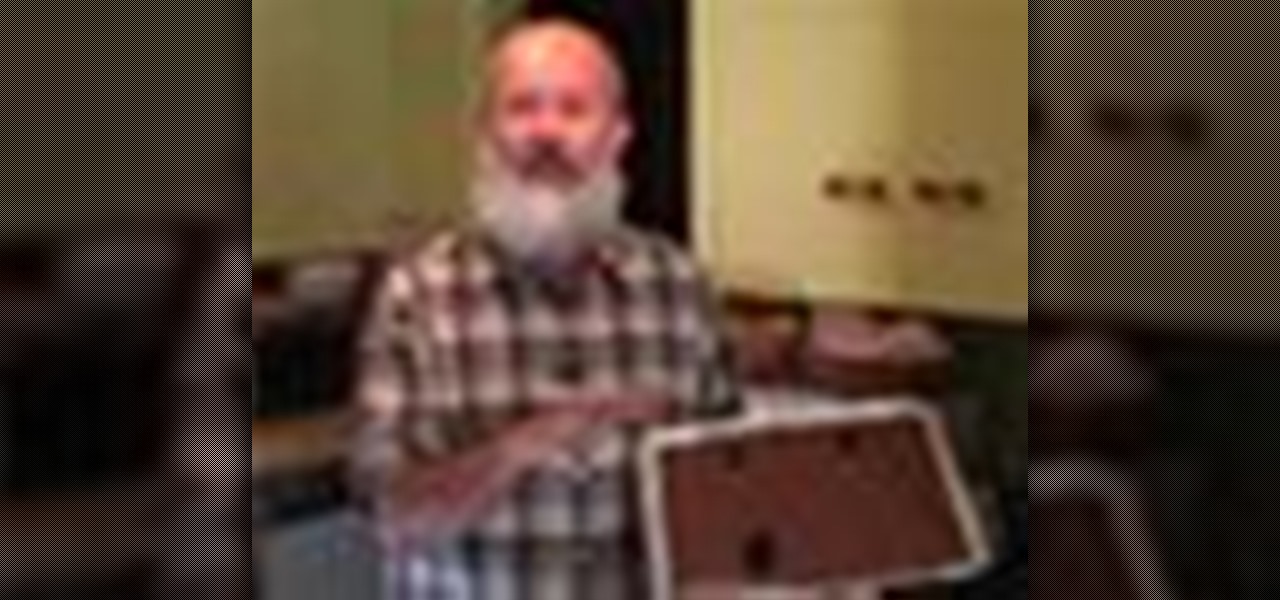
How To: Measure the speed of light in chocolate
This tray of chocolate has been cooked in the microwave. Robert Kramf measures the distance between the hot spots that appeared on the surface of the chocolate to find the half distance between the wavelengths the microwave emits. This can be extrapolated by millions to find an estimated speed of light using only chocolate. Measure the speed of light in chocolate.

How To: Turn water into marbles (FAKE?)
F for FAKE. This video has been labeled a "Faux-To". Commonly contested as bogus science, we believe this video to be a hoax. What's your opinion? Comment below.
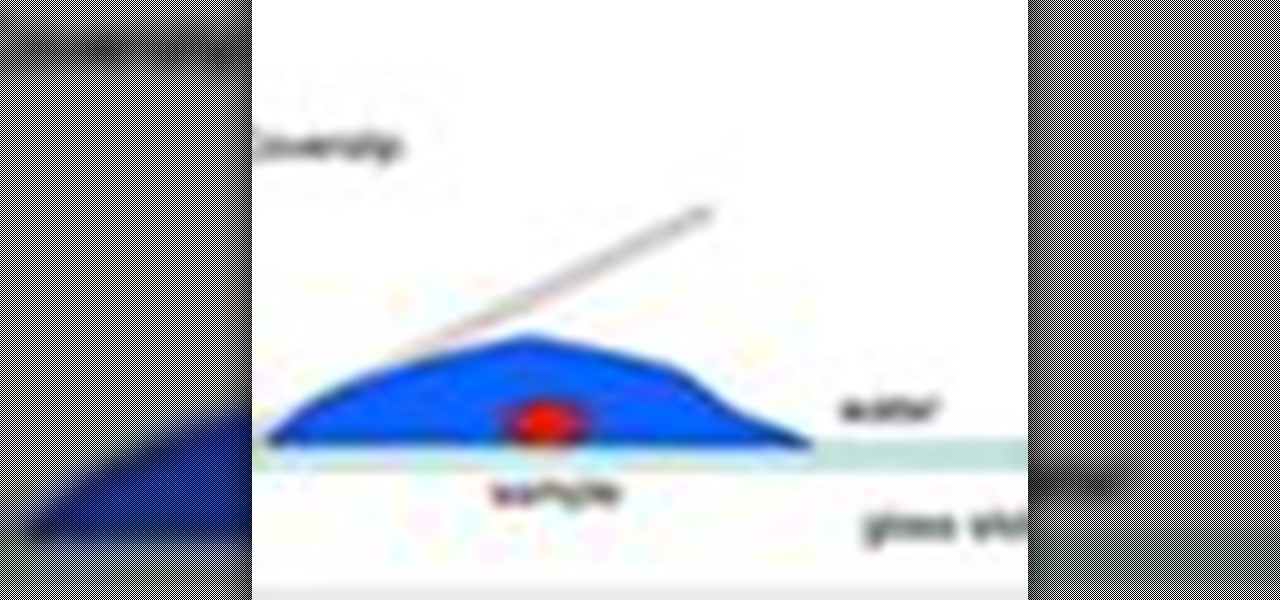
How To: Make a wet mount for microscope sample viewing
The Department of Biological Sciences at the University of Alberta brings you this flash animated video tutorial specifically relevant to your student laboratory courses, specifically microbiology. If you're a student at any school of biology, this information will be helpful for learning how to make a wet mount.
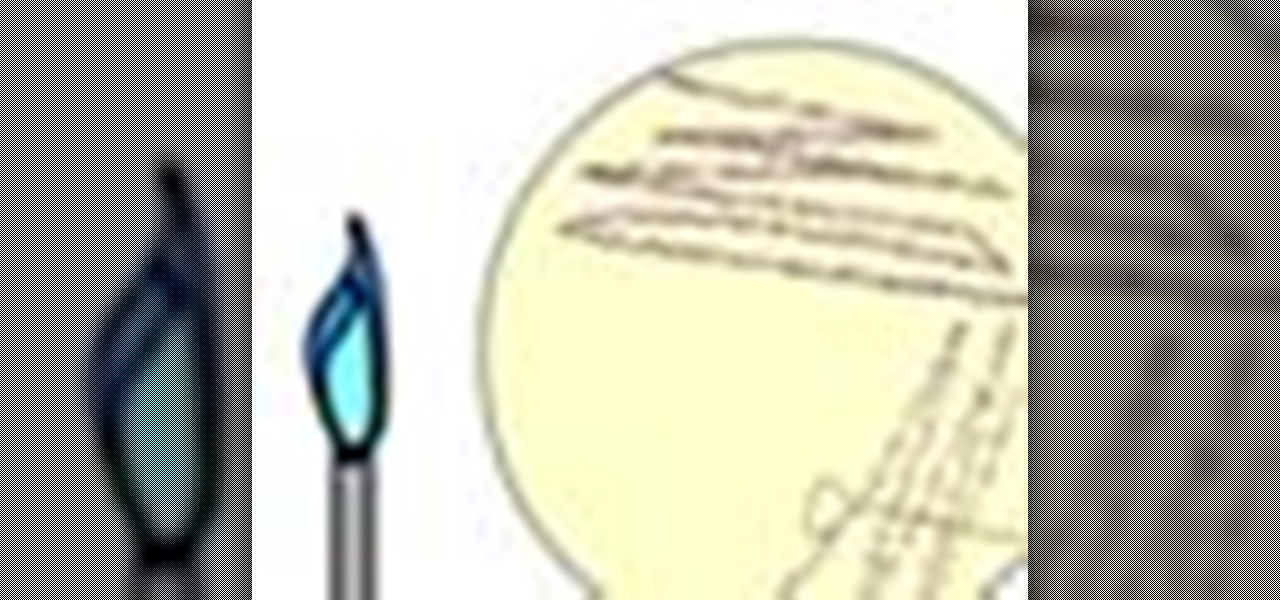
How To: Streak a plate and see bacterial culture growth
The Department of Biological Sciences at the University of Alberta brings you this flash animated video tutorial specifically relevant to your student laboratory courses, specifically microbiology. If you're a student at any school of biology, this information will be helpful for learning how to streak a plate and see bacterial culture growth.
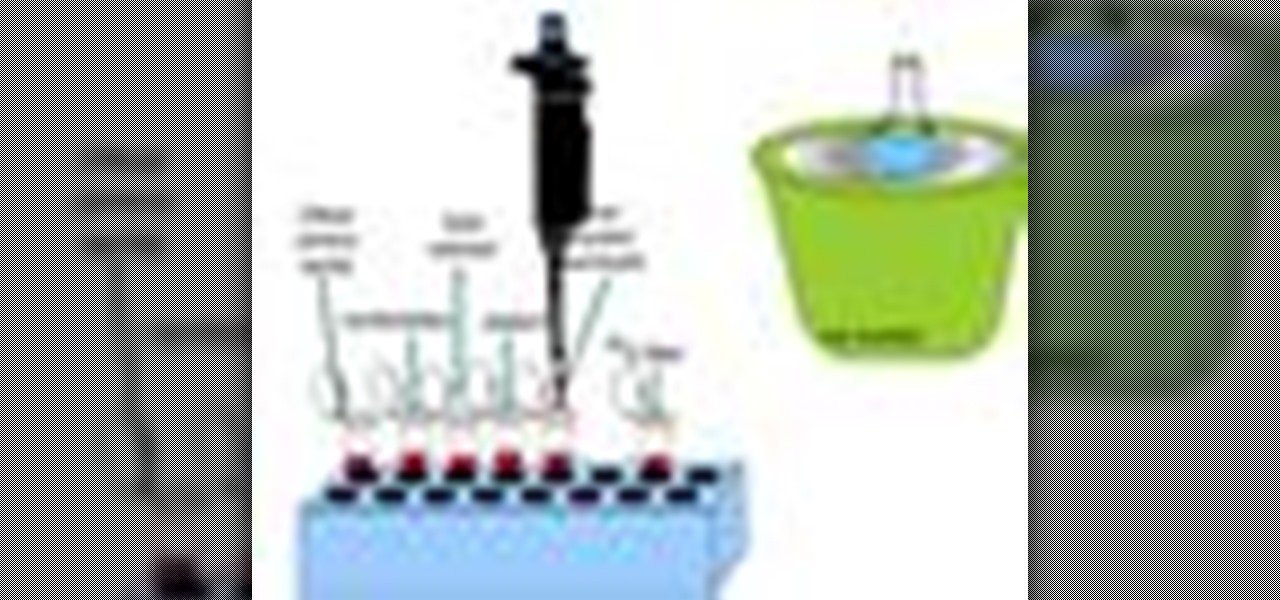
How To: Perform an in vitro transcription experiment
The Department of Biological Sciences at the University of Alberta brings you this flash animated video tutorial specifically relevant to your student laboratory courses, specifically microbiology. If you're a student at any school of biology, this information will be helpful for learning how to perform in vitro transcription.
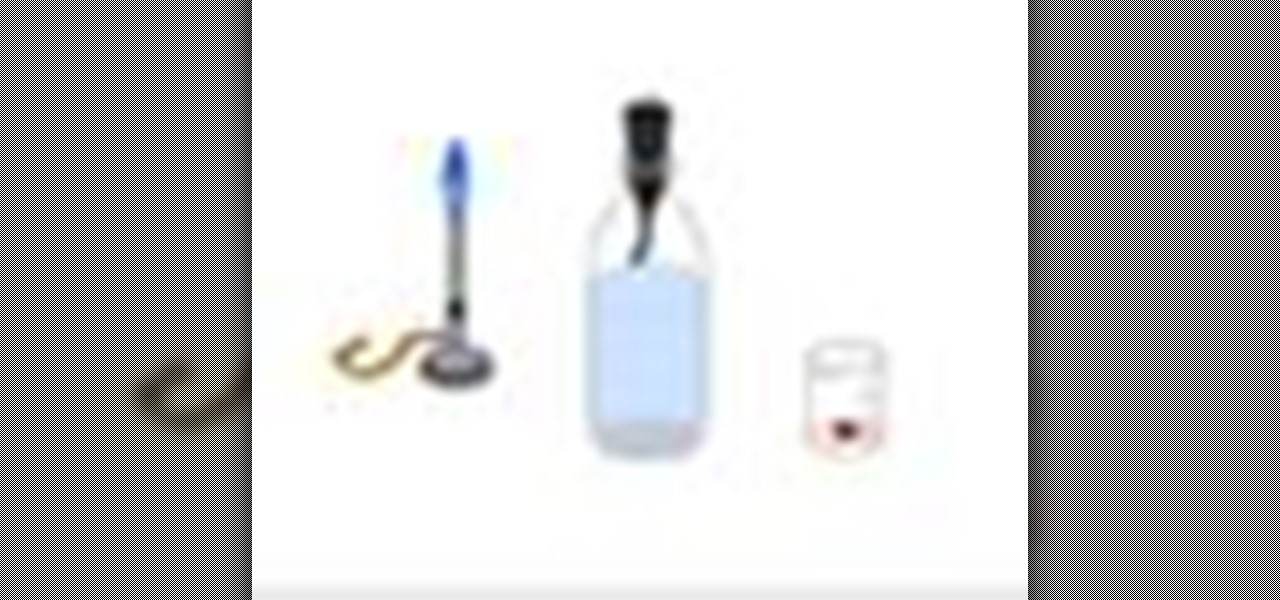
How To: Perform a microbiological analysis of food
The Department of Biological Sciences at the University of Alberta brings you this flash animated video tutorial specifically relevant to your student laboratory courses, specifically microbiology. If you're a student at any school of biology, this information will be helpful for learning how to perform a microbiological analysis of food.
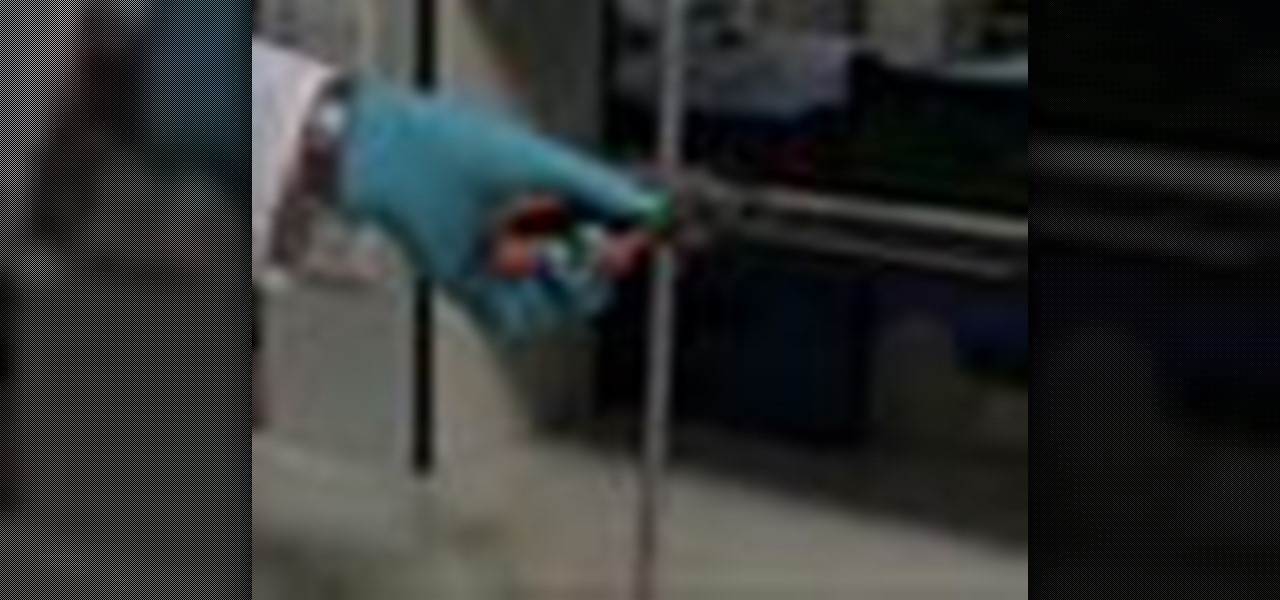
How To: Clamp glassware to an apparatus in the chemistry lab
The Interactive Lab Primer (ILP) has been developed as part of the Royal Society of Chemistry Teacher Fellowship Scheme, one of the themes of the Chemistry for Our Future program, and initiative which aims to secure a strong and sustainable future for the chemical sciences in higher education. The aim of the ILP is to address the diverse range of experience and skills students bring with them to a university by offering a resource to support their transition from school to the university chem...

How To: Perform thin layer chromatography in the chemistry lab
The Interactive Lab Primer (ILP) has been developed as part of the Royal Society of Chemistry Teacher Fellowship Scheme, one of the themes of the Chemistry for Our Future program, and initiative which aims to secure a strong and sustainable future for the chemical sciences in higher education. The aim of the ILP is to address the diverse range of experience and skills students bring with them to a university by offering a resource to support their transition from school to the university chem...
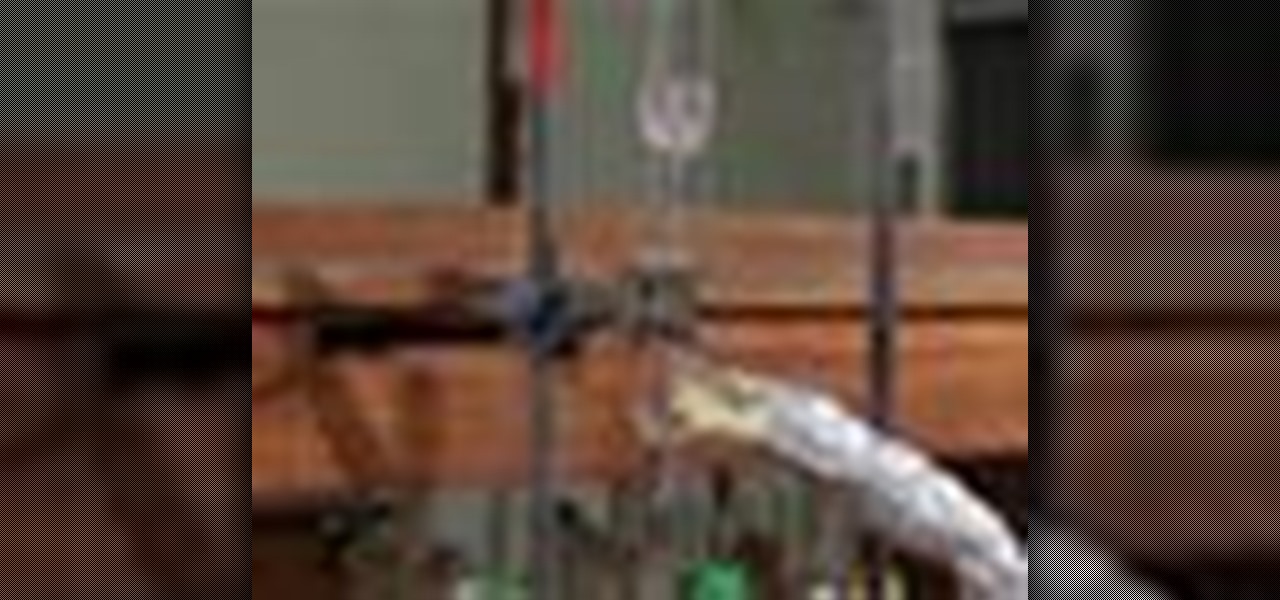
How To: Use a Dean Stark apparatus in the chemistry lab
The Interactive Lab Primer (ILP) has been developed as part of the Royal Society of Chemistry Teacher Fellowship Scheme, one of the themes of the Chemistry for Our Future program, and initiative which aims to secure a strong and sustainable future for the chemical sciences in higher education. The aim of the ILP is to address the diverse range of experience and skills students bring with them to a university by offering a resource to support their transition from school to the university chem...
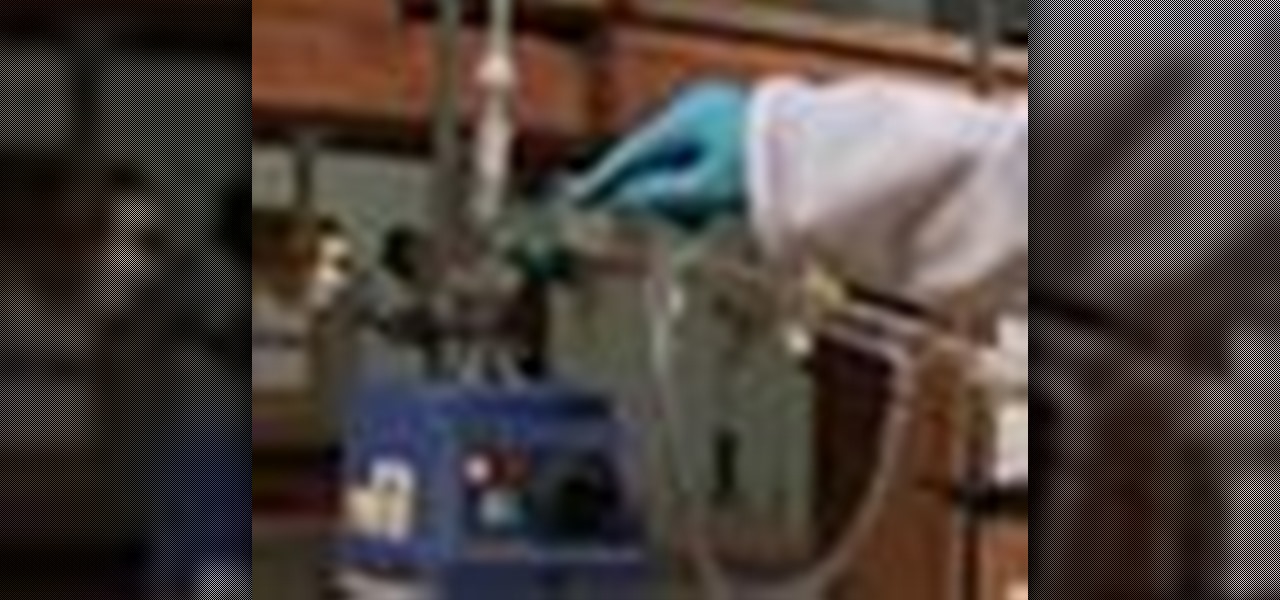
How To: Perform simple distillation in the chemistry lab
The Interactive Lab Primer (ILP) has been developed as part of the Royal Society of Chemistry Teacher Fellowship Scheme, one of the themes of the Chemistry for Our Future program, and initiative which aims to secure a strong and sustainable future for the chemical sciences in higher education. The aim of the ILP is to address the diverse range of experience and skills students bring with them to a university by offering a resource to support their transition from school to the university chem...
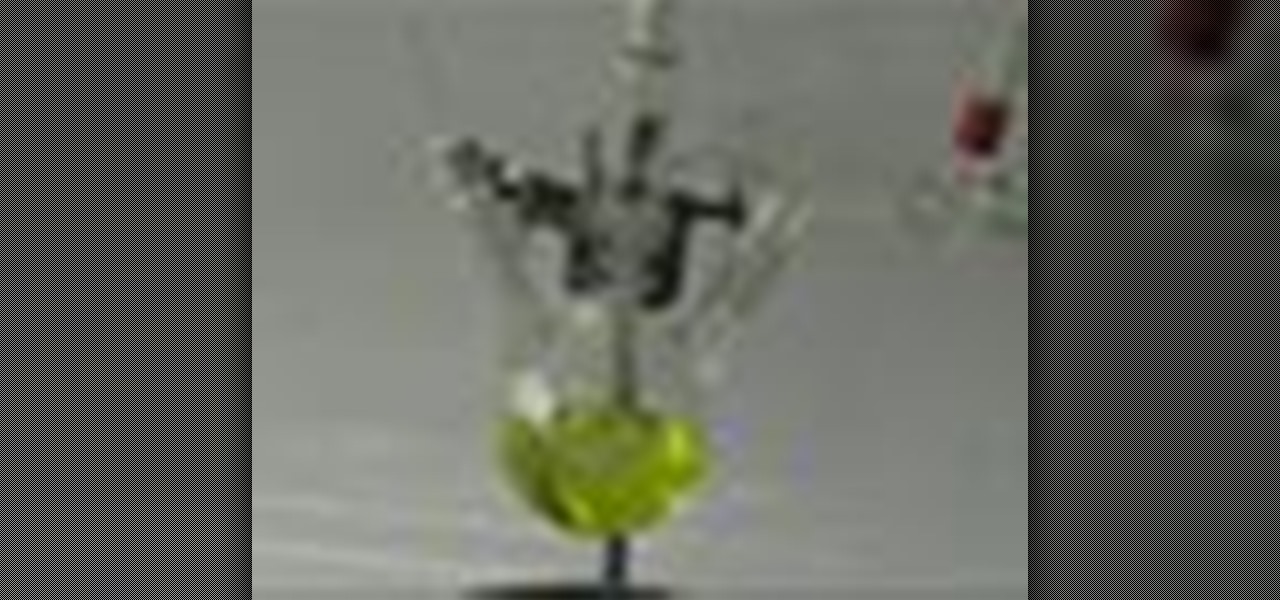
How To: Perform vacuum distillation in the chemistry lab
Vacuum Distillation is a distillation carried out at reduced The Interactive Lab Primer (ILP) has been developed as part of the Royal Society of Chemistry Teacher Fellowship Scheme, one of the themes of the Chemistry for Our Future program, and initiative which aims to secure a strong and sustainable future for the chemical sciences in higher education. The aim of the ILP is to address the diverse range of experience and skills students bring with them to a university by offering a resource t...



